COVID-19 Mask Design
Mask for Public Places
Project Type: Design Challenge
Team:
- Carlos Eguiluz Rosas
- Jean Kim
- Rupal Gupta
- Adela Locsin
- Xindi Wang
- Andrea Molina
- Will Cao
Deliverables: Mockups and Website
Duration: One Week

NYC citizens wearing mask in public sometime during the beginning of the pandemic.
Wearing a mask during COVID-19 is the best and easiest way to protect yourself and others during the pandemic. And yet, this practice is far from universal.
One reason is that masks are uncomfortable, unsuitable, restrictive or otherwise undesirable to wear in public.
Design a mask (or mask enhancement) that will encourage at least 5 more people to wear their mask more, and has comparable safety to existing masks.
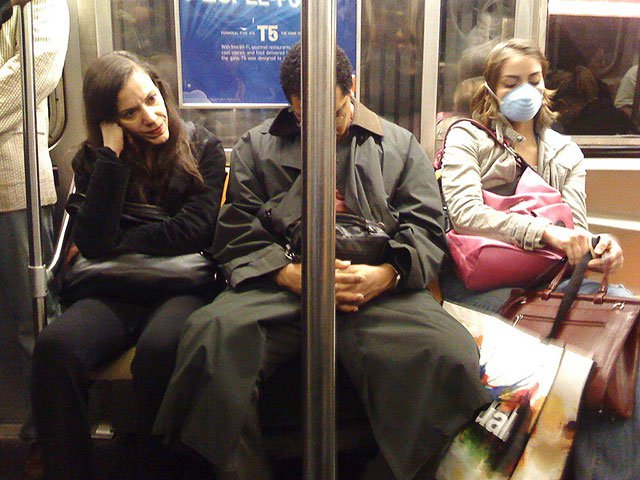
NYC citizens sitting close near one another on the subway with some wearing masks and others not.
Our challenge was to iterate new versions of a mask that can protect us from COVID-19. Using personal anecdotes from interviews, market research, and rapid prototyping, we were asked to produce 8 prototypes of masks that responded to the prompt.
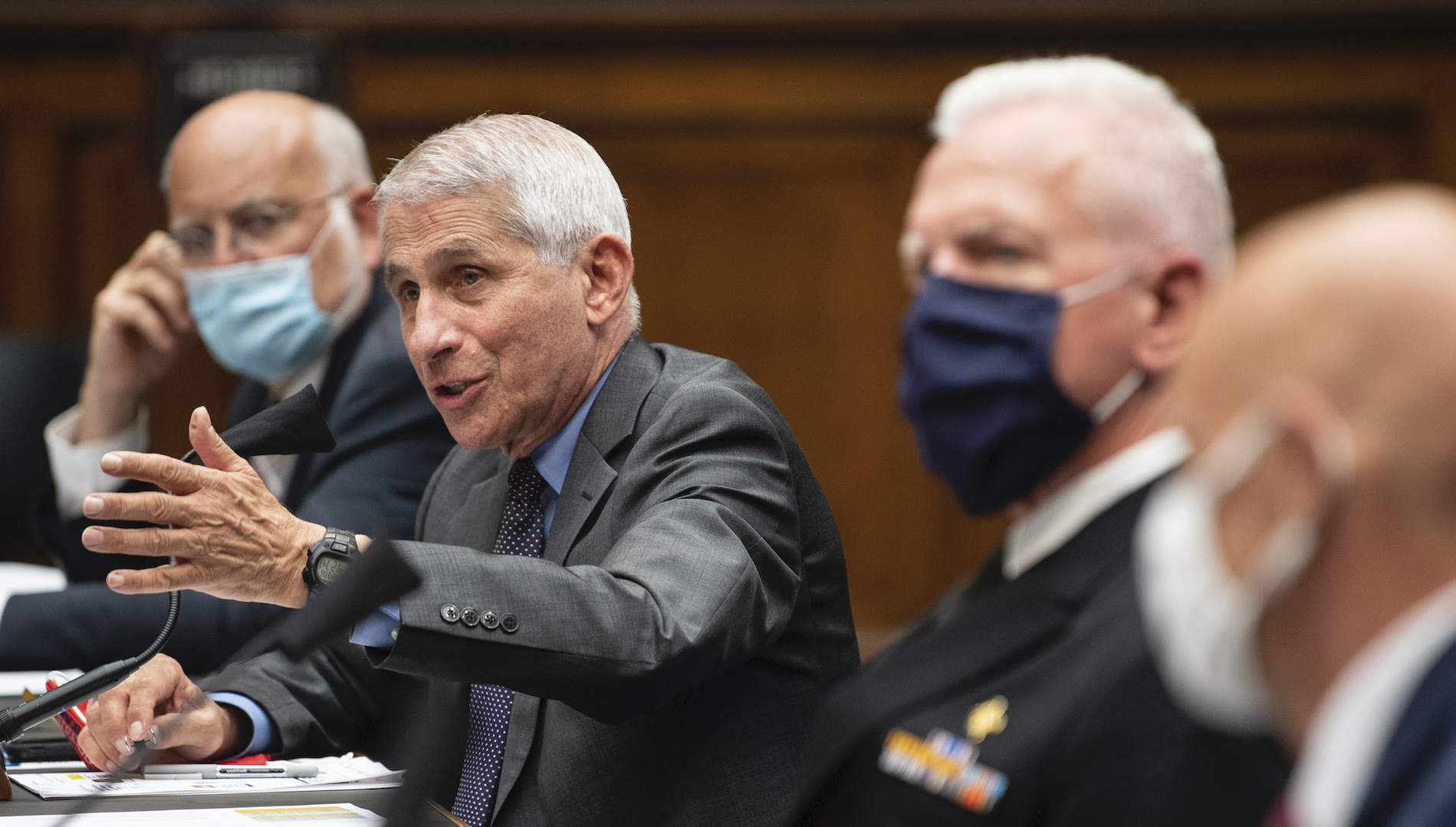
American immunologist Dr. Fauci speaking to Congress about the COVID-19 pandemic in the United States.
In our research phase, our team collaborated on Google Docs, and spoke about the different mask types that we had seen thus far. After asking outselves “What masks are currently offered?”, we created a table listing 13 products and wrote down the pros and negative cons of each mask.
The second question asked was, “What are different groups of people that might have different needs for masks?” It was important that we uncover the set of users who may have difficulty using the average mask as it allowed us to establish more unique use cases for the masks and integrate that research into our ideation.
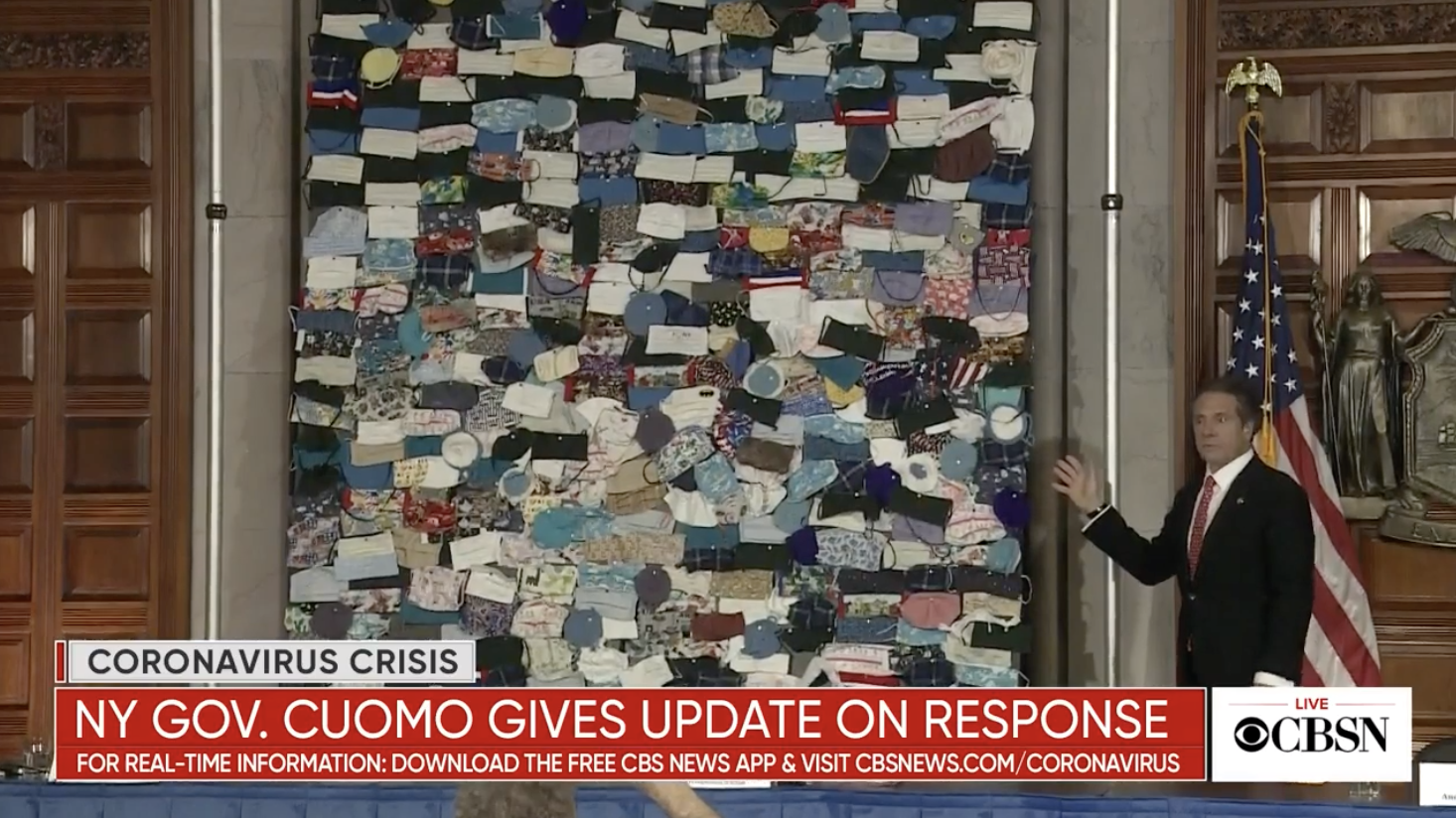
NY Govenor Andrew Cuomo presenting a wall filled with different mask types.
We interviewed three people during our Zoom breakout room session (Will, Katie and Xindi) and asked each interviewee to describe their most recent experience using a mask. Note that each interview had a different set of questions depending on how the interviewee responded to the first one.
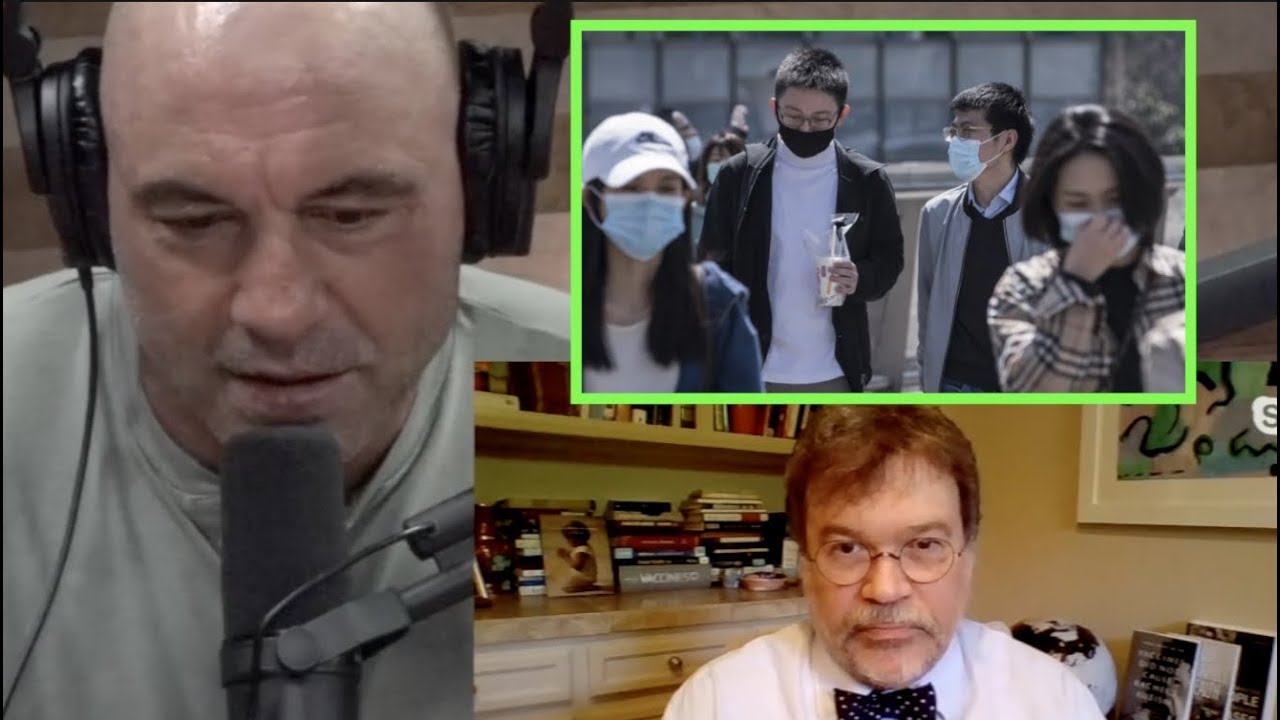
Podcastor Joe Rogan interviewing scientist Dr. Peter Hotez about age-related symptoms of COVID-19.
Will
Will recently wore a washable mask to pick up a dinner-order he placed online on Chipotle's website for a friction-less experience. He grabed the mask that he keeps next to his door and didn't take it off until returning home.
During his pickup, he only had to adjust his mask once or twice and noted how slighlty harder it was to breathe than normal.
Katie
Katie had worn a mask to go to a HIIT class in the park. She noted that she uses a different mask for different situations such as exercising, and going to a populated place.
Today, it was humid and a hard class, and I had more trouble than usual breathing through the mask, but I still kept it on except for water breaks. When I drank water, I took it off on one side - everyone was socially distanced, so I felt comfortable doing it.
When asked about how masks have altered her interactions with people, she said that it was harder to hear people and awkward to repeat ourselves especially during during professional settings.
Xindi
Xindi's remarks were centered on the dinning experience in which she commented on the nervous and fearful experience of taking off a mask. Despite storing it in her pocket to prevent air-exposure, she wasn’t sure if her pocket was the safest place to put her mask.
When asked about the risk of taking off her mask at a restaurant, Xindi acknowledged it and mentioned having to inspect everyone around her to see what they were doing. Her safety is her top concern, hence she always picks the highest certified mask before embarking on any activity.
We synthesized our research finding and redefined our problem by orginzing our insights into clusters of different experiences while avoiding any over-generalizations.
We found that, in general, there was confusion over the real definition of “safe” masks. Although we are being told how to be safe by many parties (with differing opinions, mind you), we found that consumers ultimately make the choice of how safe they want to be by asking themselves who they are wearing the mask to protect: themselves or others?

Some Americans are protesting against the state-wide health-mandate of wearing masks in public.
We also found that COVID-19 has changed human behavior into planning more before interacting with anyone. We pre-order food, use different masks for different situations, and choose different ways to protect ourselves (i.e. subway vs exercising outside). Most people have multiple masks for different purposes, and acknowledge that there are different scales of risks. Knowing this helps us account for the spectrum of mask-related experiences and help us create a solution that is adaptable to those experiences.
A final observation was that masks are perceived differently by different people. Some people expressed that there is a judgement that comes with wearing masks, particularly in different areas of the United States. At some point, N95 masks were the only masks that were perceived as safe, but regulations and behaviors have relaxed. We realized that we do not live the scientific process in real time. Sometimes people do not understand how the science is produced and vetted, and oftentimes the communication of risk is difficult.
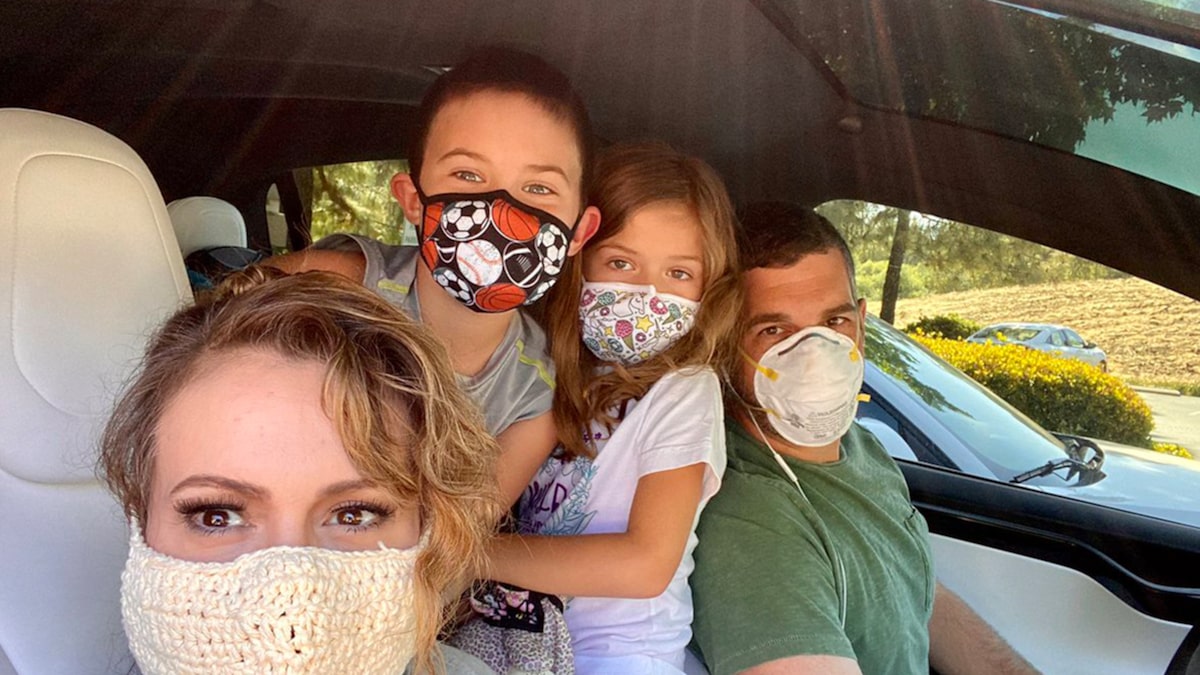
Despite being a mask, not every mask is effective in preventing you from contacting COVID-19. The croqued mask shown above by celebrity Alyssa Milano allows particles to pass easily and stay longer on mask.
After arriving to these realizations, we identified three “how might we” questions for our project:
- How might we make it convenient for people to take their masks off?
- How might we help people make an appropriate mask choice for the activity they are about to embark on?
- How might we help users who wish to wear a mask remember to do so?
Out of those three questions, we choose to flesh out #2.
This reusable mask has a biodegradable structure made by a mix of flax shive and plant based polymer. The structure is flexible and can be easily adapted to suit your face. It has an opening where different kinds of filters, with varying levels of protection, can be inserted.
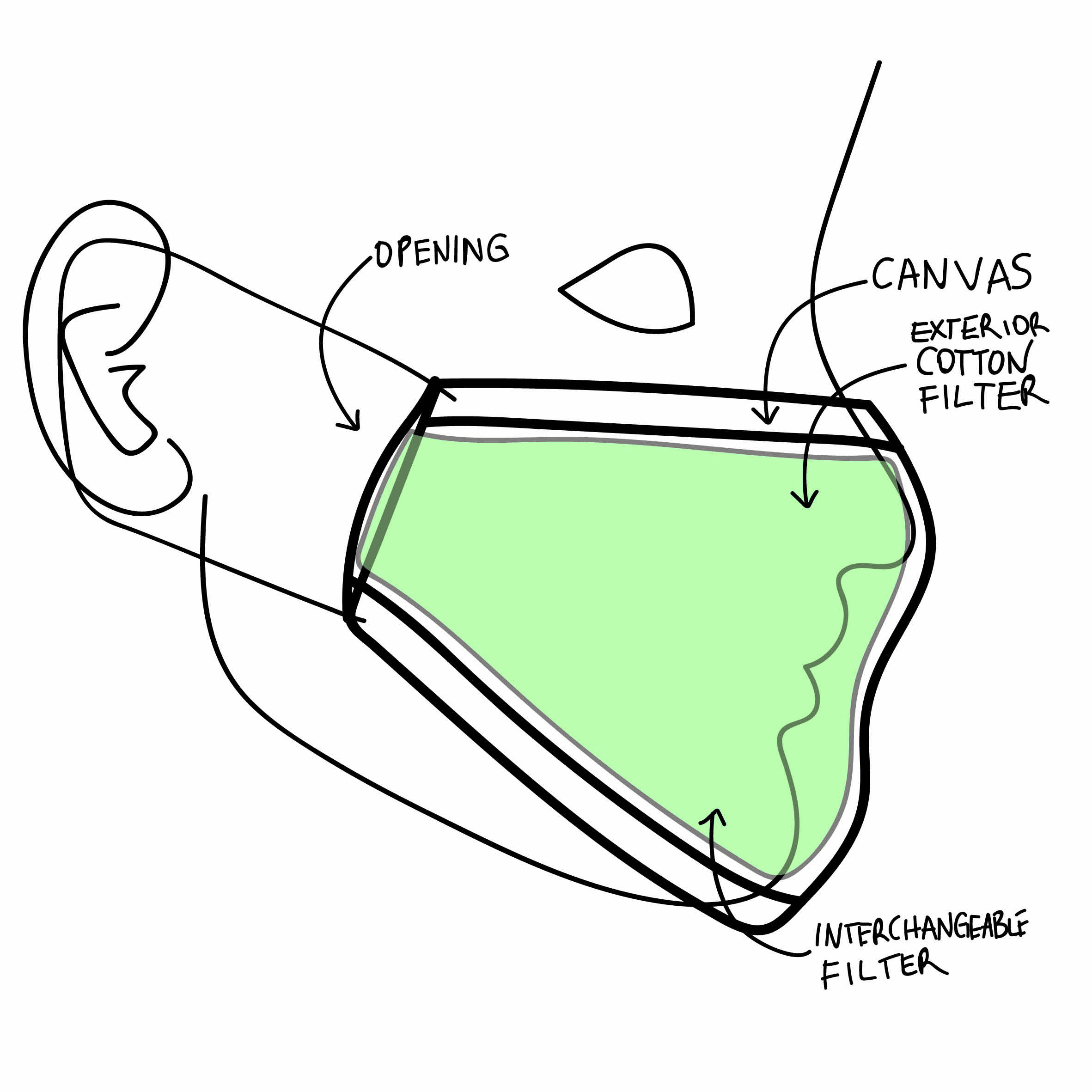
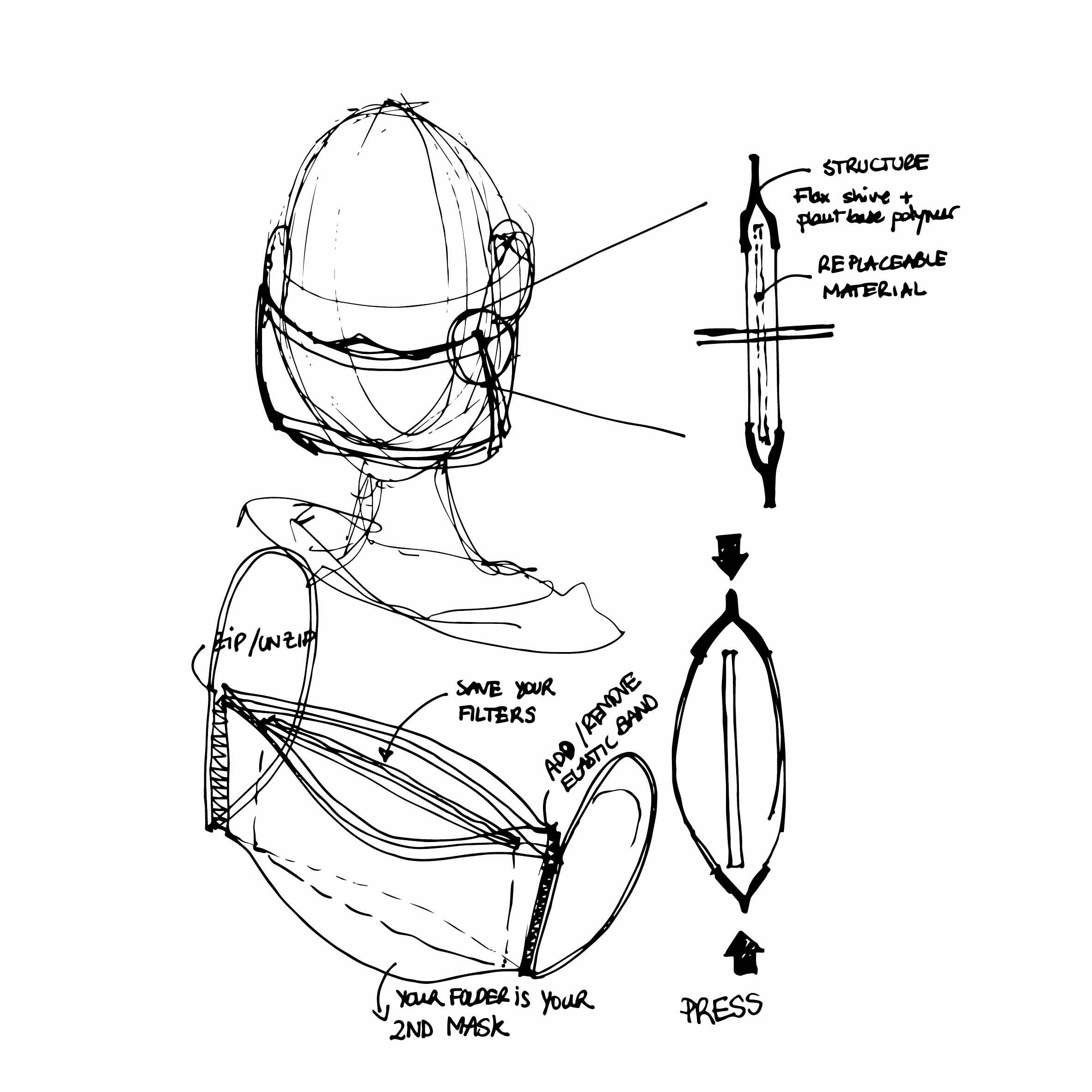
Because information empowers individuals, this map-plugin uses your desired transportation method to suggest an appropriate mask. The masks recommendations can be different for biking, walking, share-riding, etc.

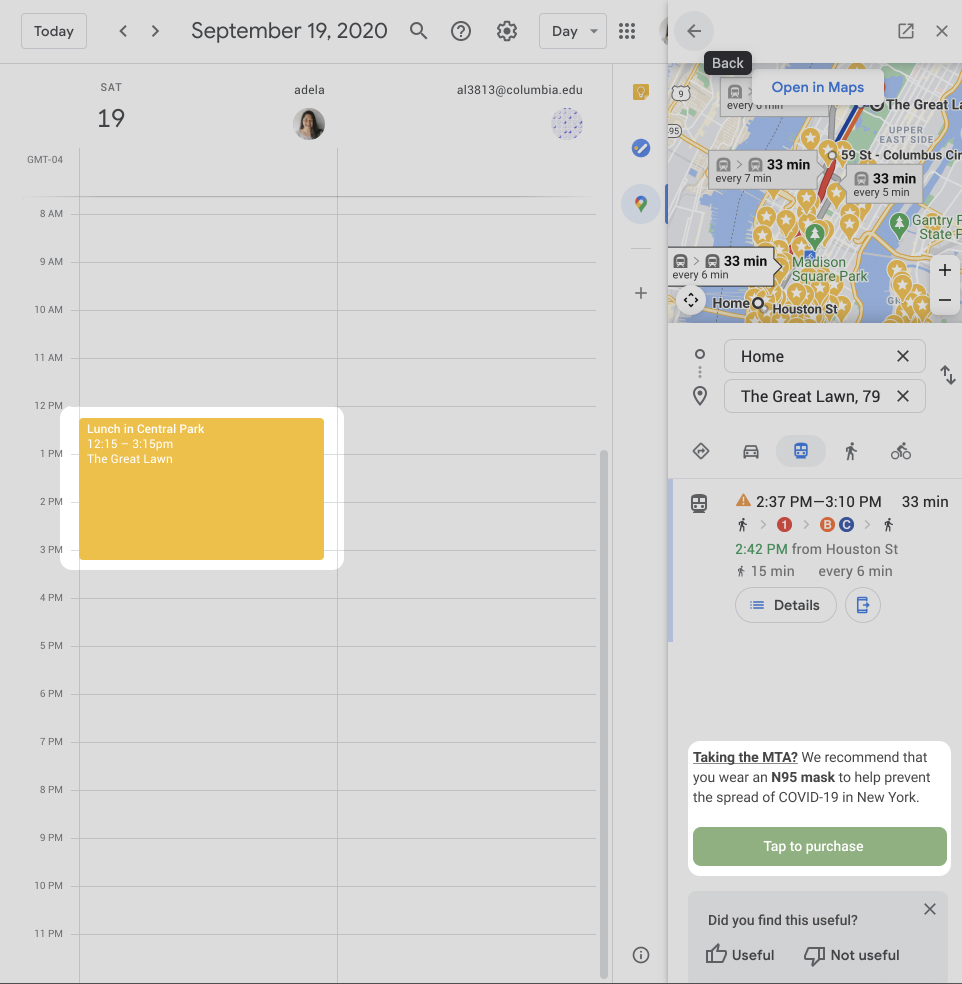
This system visually displays the different levels of protection and visibility via mask-color and/or text. The traffic-light coloring system was used as everyone is familiar with them and their implications can extend to everyday objects. Ex. If red mask, then consider stopping and moving out of the way. If green, feel free to come near.
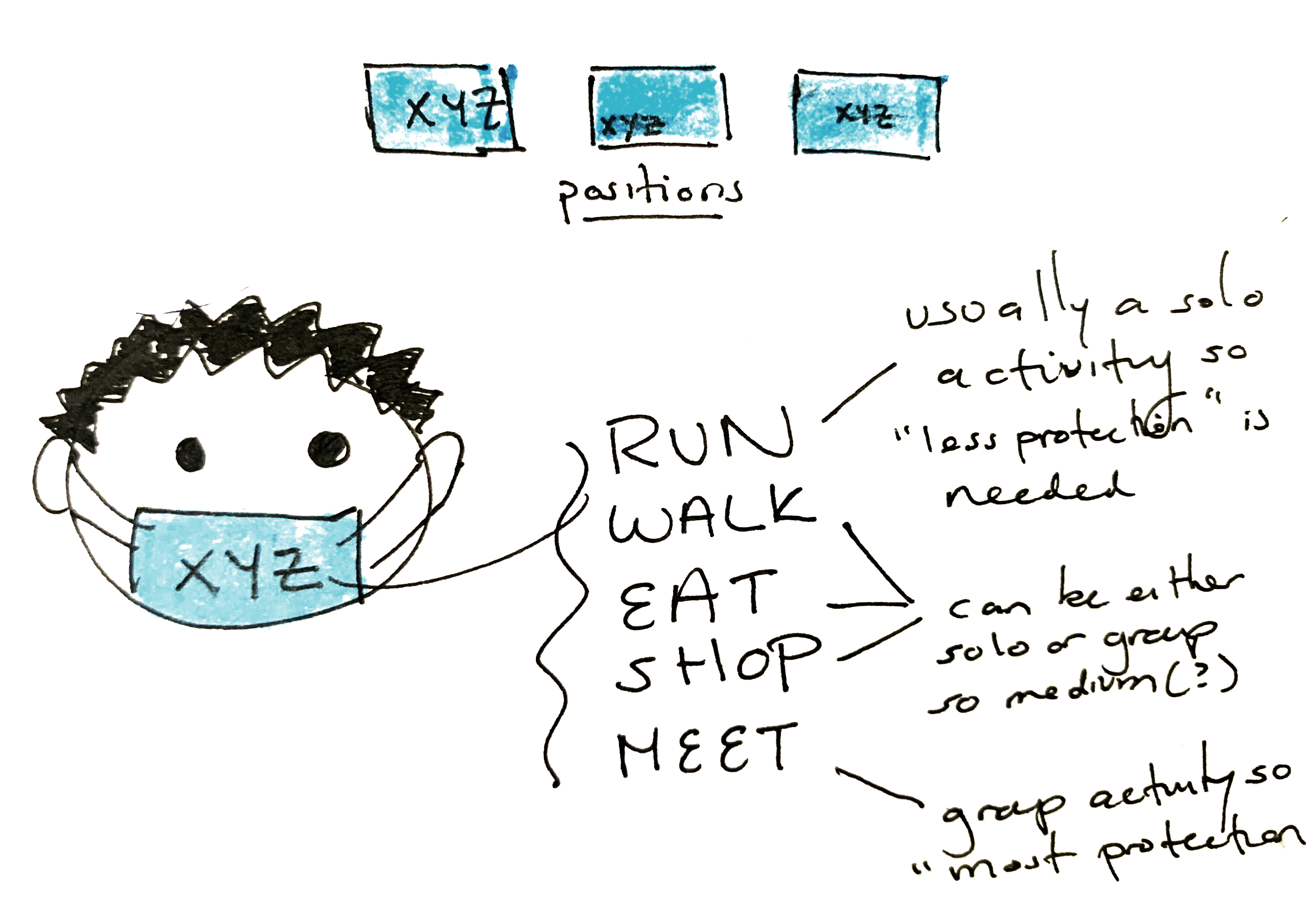
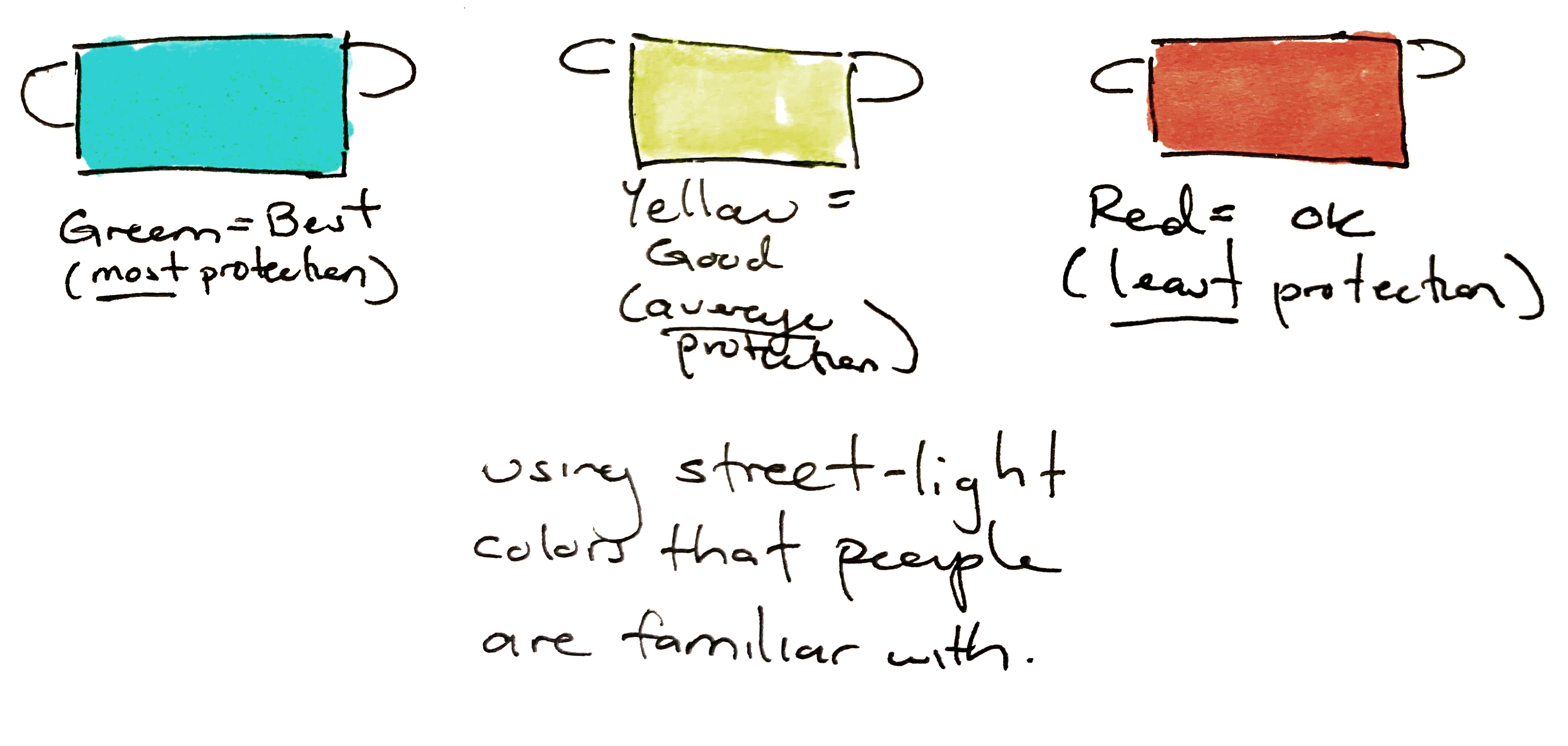

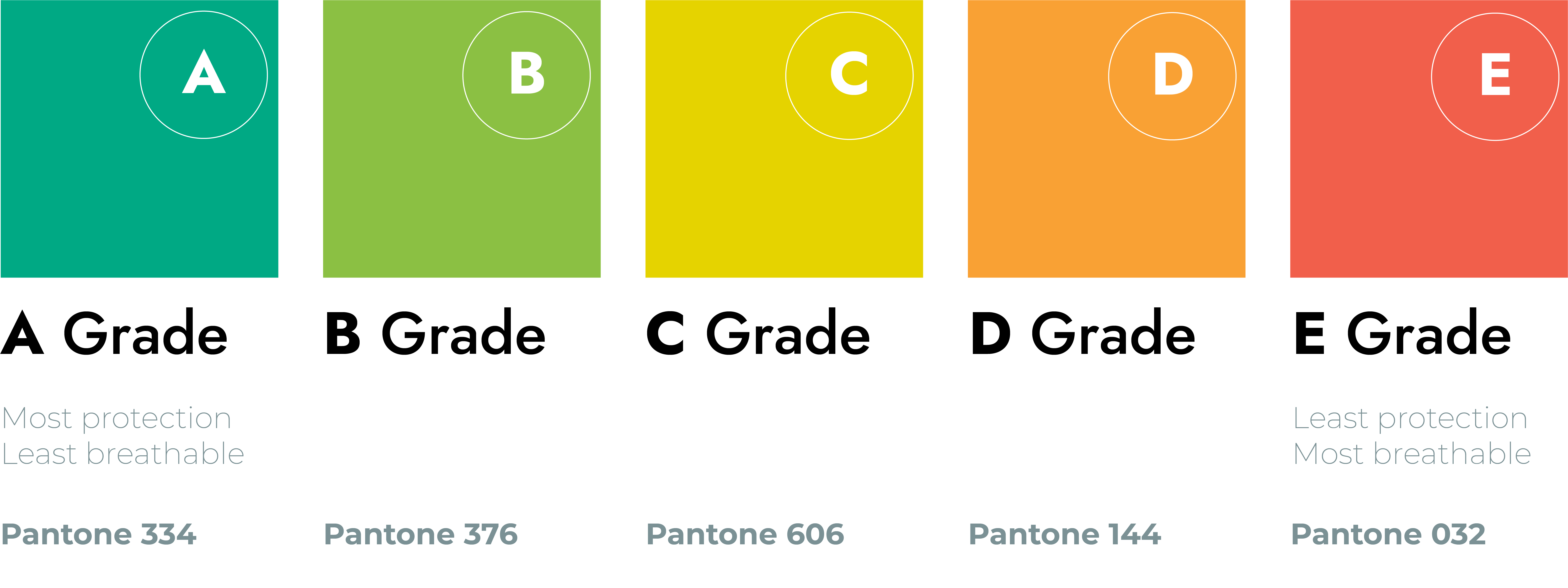
With signage, the level of minimum level of client-protection is determined by the building-owners themselves in order to raise the surrounding-level of protection.
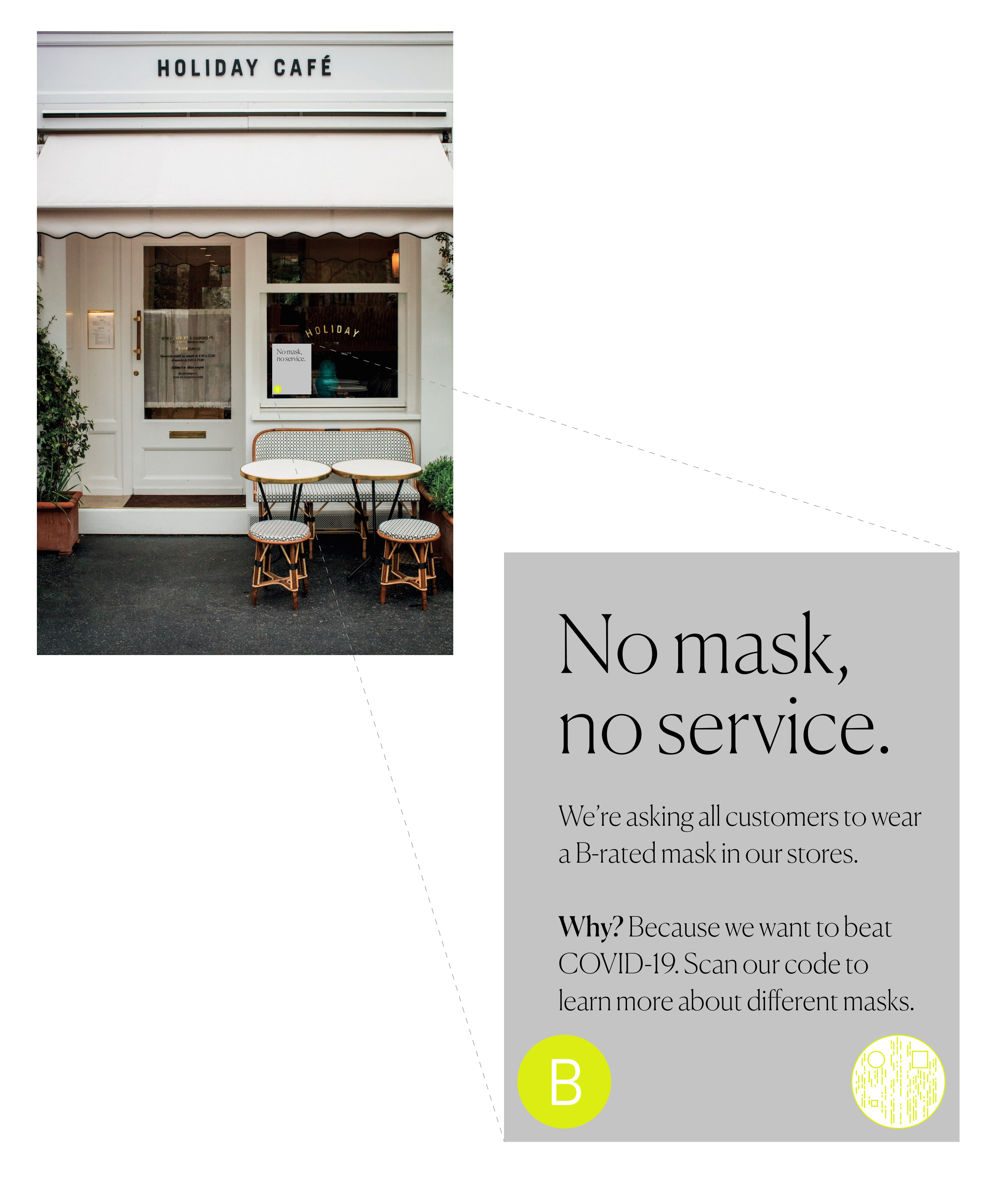
This carbon-fiber opening mask has a soft screen to show emotions, a hole for inserting straws, app-combability to use mask, and ventilation.
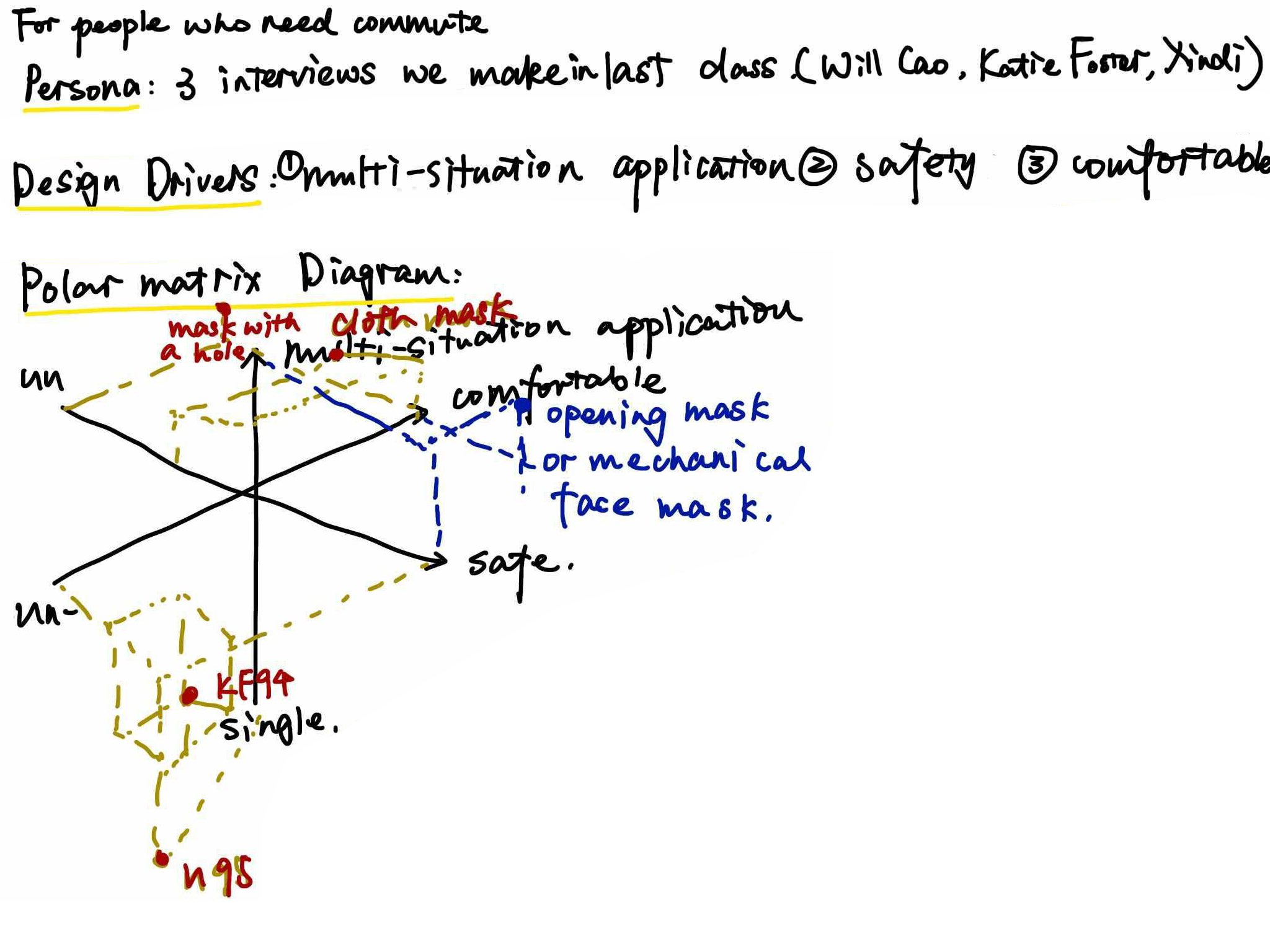
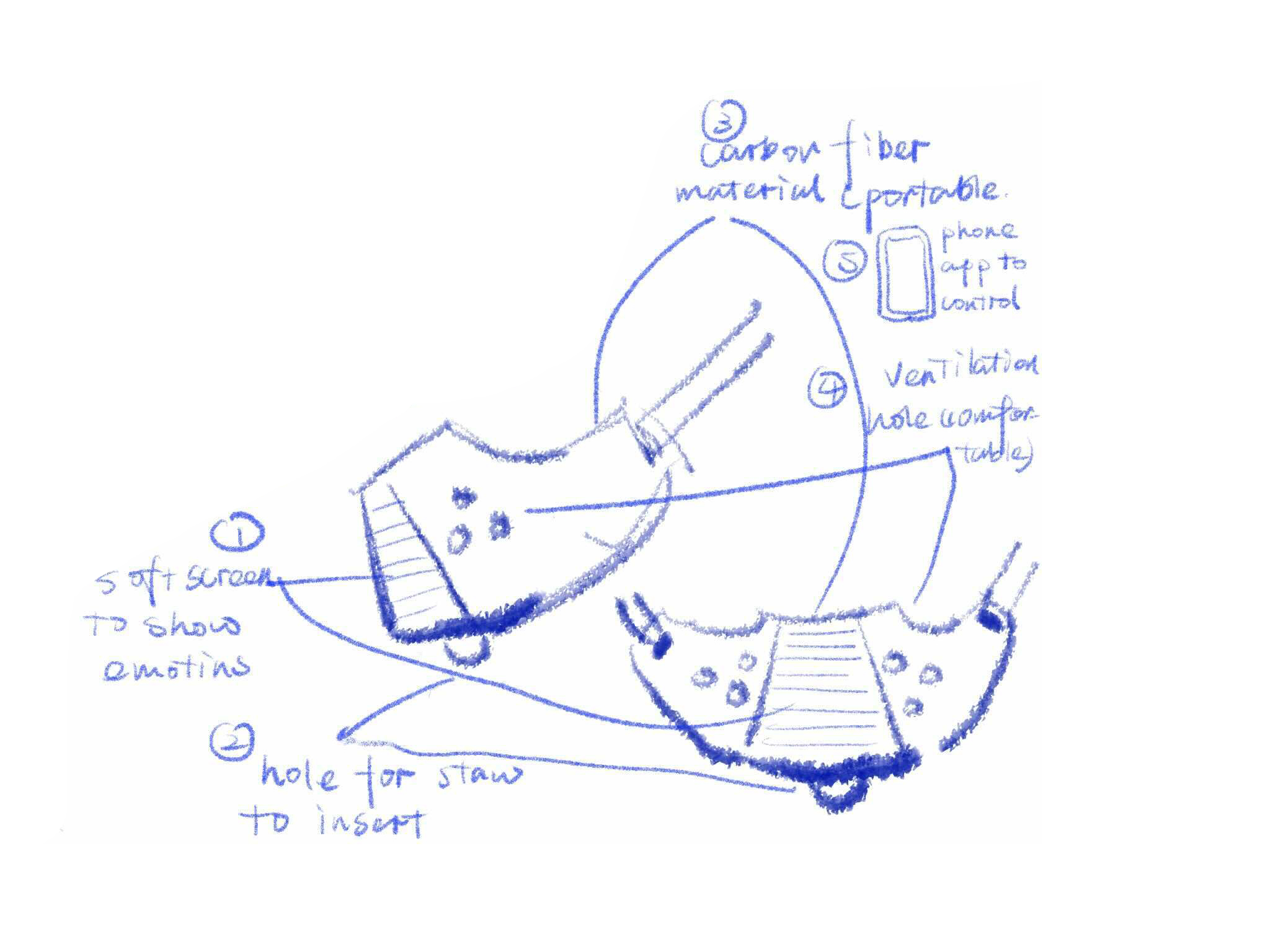
Using the camera and sensors placed on top of the mouth, this smart mask automatically adjusts the screen-filter to the predicted level of protection.
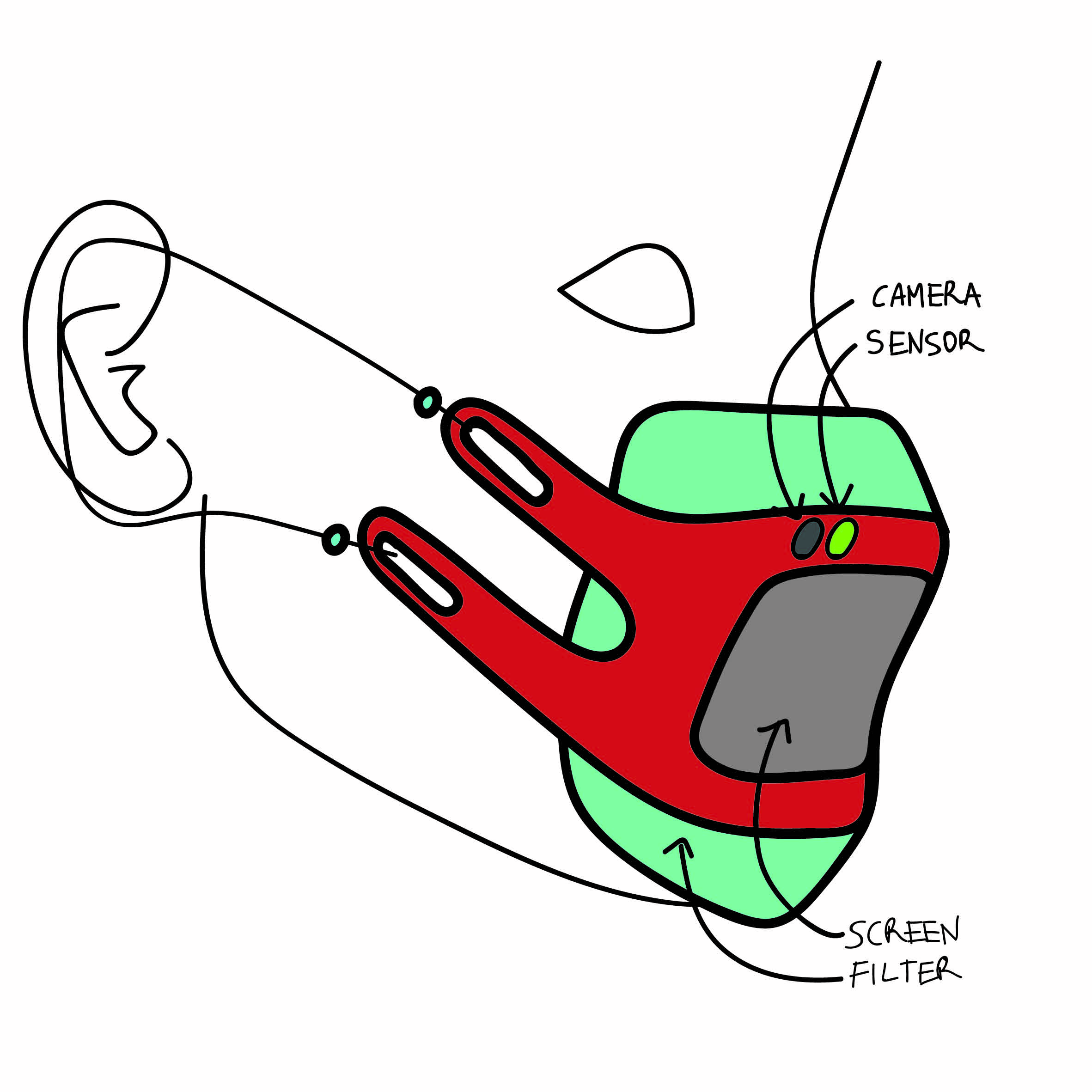
In an effort to directly bring masks to heavily densed locations where COVID-19 is likely to spread, this mask dispenser allows users to purchase their desired mask prior to embarking on their preferred method of transportation.

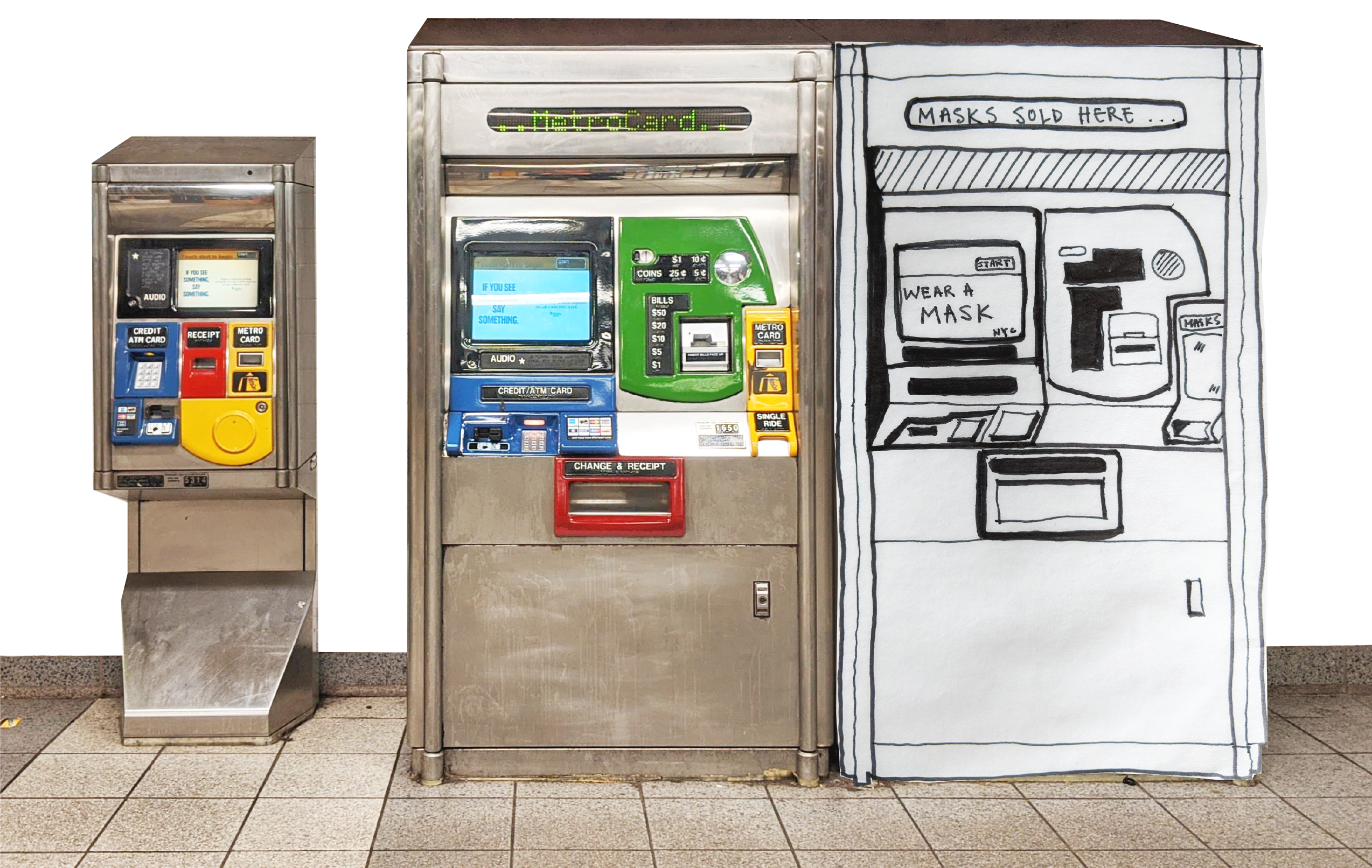
While there were no constraints, we did find coordinating with team-members in different timezones to be concern after we first met on Friday. Despite regrouping later in the week, we were able to designate tasks and responsiblities to each member.
In the future, we hope to continue interating on our current designs and diverge onto one solution that well encapsulated all three "how might we" questions.